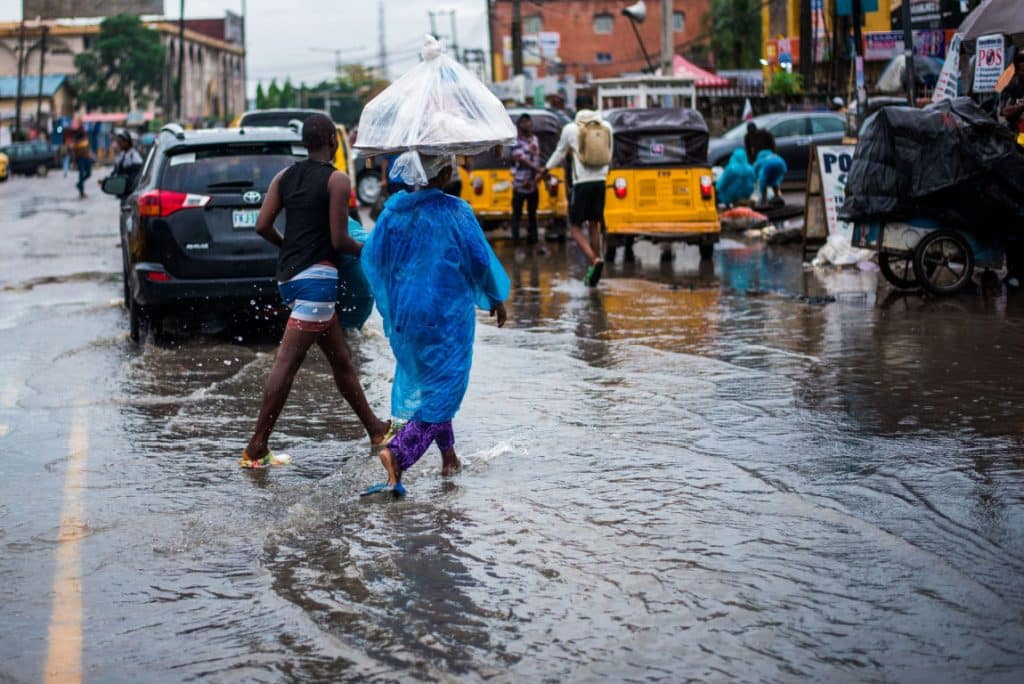Violent floods have hit Nigeria since June 2022. And the toll is heavy. According to the United Nations Children’s Fund (UNICEF), 600 people have lost their lives due to rising waters. The victims are mainly in the southeast of the country where the deltas of several rivers, including the Niger, which divides into branches before flowing into the Gulf of Guinea, are grouped.
In total, 34 of Nigeria’s 36 states are affected by these deadly floods, which are expected to continue until the end of November 2022. For this reason, the country is considered to be at “extremely high risk” of climate change impacts, ranking second out of 163 countries worldwide, according to UNICEF’s Climate Risk Index for Children (CCRI).
Rising waters this year have also caused the evacuation of 1.3 million Nigerians and the destruction of more than 200,000 homes. The last devastating flooding episodes in the country were in 2012 and 2020, according to Nigeria’s National Emergency Management Agency (NEMA), with 400 deaths recorded and 2 million displaced.
Read also – AFRICA: Floods will displace 2.7 million people by 2050
“Children and adolescents in areas affected by the ongoing floods are in an extremely vulnerable situation. Between exposure to water-borne diseases, and emotional and psychological distress,” says Cristian Munduate, Unicef’s representative in Nigeria. In Borno, Adamawa and Yobe states alone, in the northeast of the country, 7,485 cases of cholera and 319 associated deaths were reported on October 12, 2022.
Inès Magoum
